WWF
Posted on 07 November 2023
The structural inequities built into the current plastics value chain not only distribute the burdens of plastic pollution unequally among countries, the burdens are also disproportionately borne by those least equipped to remedy them, thereby worsening the crisis.
WWF calls on all governments to agree on a treaty with harmonized, binding global rules that can remove inequities reinforced and exacerbated through our current take, make, and waste plastics system.
The report estimates that the total lifetime costs of a kilogram of plastic is around US$150 in low- and middle-income countries, which is eight times the US$19/kilogram incurred by high-income countries2. When comparing just low-income countries and their wealthier counterparts, the cost differential rises to 10 times with low-income countries hit with costs of US$200 a kilogram.
These unequal costs have substantial implications for low- and middle-income countries like Kenya, where negotiators will converge from 13-19 November for the third negotiations of the global treaty to end plastic pollution. Six years ago, Kenya took a bold step against plastic pollution by banning single-use plastic bags. Today, the country continues to struggle with illegal imports of single-use plastic bags, highlighting the problem’s transboundary nature and the crippling inequities inherent in the current plastics value chain that put countries like Kenya at a disadvantage no matter what bold action they take.
“Our take, make, waste plastics system is designed in a way that unfairly impacts our planet’s most vulnerable and disadvantaged countries. Instead of resolving the world’s plastic pollution crisis in the most efficient way, the system shifts the bulk of the costs to those least equipped to manage them, with no accountability placed on those who produce and use the products in the first place,” said Alice Ruhweza, WWF International’s Senior Director of Policy, Influence and Engagement.
“The report signals the urgency of an immediate overhaul of the current plastic system. Business-as-usual could be a death sentence, not only for a growing number of animals but also for many of our world’s vulnerable and marginalized communities as a result of increased health risks including ingestion of harmful, toxic chemicals and increased risk of flooding and disease. The global plastic pollution treaty is our chance to change this by including binding and equitable global rules on production and consumption.”
The report finds that low- and middle-income countries bear a disproportionately large burden of the costs associated with plastic pollution as a direct result of three structural inequities that reinforce the current plastics system.
The first inequity is that the system places low- and middle-income countries at a disadvantage in that they have minimal influence on which plastic products are produced and how they are designed and yet are often expected to manage these products once they reach their end-of-life. Product and system design considerations are typically made further upstream in countries with extensive plastic production and by multinational companies headquartered in high-income countries. As of 2019, only 9% of plastic waste is being recycled. Currently, around 60% of global plastic production is for single-use products, which are designed to be (and so cheaply valued that they can be) thrown away after just one use.
The second inequity is that the rate of plastic production, particularly for single-use plastic, is far outpacing the availability of technical and financial resources for waste management when it reaches its end-of-life in low- and middle-income countries. Without reducing plastic production and consumption, low- and middle-income countries will continue to bear the highest burden of plastic pollution’s direct environmental and socio-economic impacts.
The third inequity is that the system lacks a fair way for holding countries and companies to account for their action, or inaction, on plastic pollution and its impact on our health, environment and economy (for example, through mandatory extended producer responsibility schemes in each of the countries they operate in). With no common obligations across all jurisdictions and companies for supporting a circular, just and non-toxic plastics economy, low- and middle-income countries end up paying the steeper price.
Establishing and implementing a UN global plastic pollution treaty based on harmonized and binding global rules can help us create a fairer system that empowers low- and middle-income countries and prioritizes the most effective and efficient solutions. An example of such a rule would be regulating the most high-risk plastic products, polymers and chemicals - those that can cause the most harm or are most likely to cause pollution - so that we can lessen the strain on countries, especially those with fewer resources, in managing plastic waste. Similarly, the opportunity to create global product design rules can help to ensure that products are designed to be reused and/or recycled regardless of which country they are produced or used in.
In November, countries will join the third of five negotiating sessions on a global treaty to end plastic pollution3. WWF calls on all governments to agree on a treaty that includes:Banning, phasing out or phasing down high-risk and avoidable plastic products, polymers and chemicals of concern.
Global requirements for product design and systems that can secure a safe and non-toxic circular economy, which prioritizes reuse and improvements in recycling.
Robust measures for supporting considered and effective implementation that includes sufficient financial support and alignment of public and private financial flows, particularly for low- and middle-income countries.“Many of the options included in the treaty’s first draft have substantially weaker language and less specific obligations, making it tempting for governments to revert to old bad habits of relying on national or voluntary action rather than creating common regulations. But our report has shown that relying on individual government decisions results in an unfair system where burdens are not only unequally distributed, they are borne by those least equipped to remedy them,” said Eirik Lindebjerg, WWF International’s Plastics Policy Lead.
“Compromising on a treaty mainly based on national action will just take us back to where we were – divided and unable to stem the onslaught of plastic pollution. We can no longer act as if plastic is a cheap throwaway commodity. It has huge costs for some of the most vulnerable communities who have no power to change the system. Inaction will result in a higher cost for all of us. Countries must dial up ambition and finalize a treaty with harmonized and binding global rules if we are to achieve an equitable plastic value chain and want a future free from plastic pollution.”
ENDS
For further information, please contact news@wwfint.org
Notes to editorsThe report: 'Who Pays for Plastic Pollution? Enabling Global Equity in the Plastic Value Chain' is published here.How is the “true cost” of plastic calculated: The ‘true cost’ of plastic is based on a model devised by experts at WWF and Dalberg that considers the minimum lifetime cost of both upstream production and downstream waste management, and compares these costs between high, middle and low-income countries as of data from 2019. While many of the costs cannot be quantified, reflecting the gaps in available data and understanding of the full impact of plastic pollution, it does include quantifiable costs such as the cost of producing virgin plastic, greenhouse gas emission costs, costs on ecosystem services of marine ecosystems and direct waste management costs.
Though presented as ‘monetary costs’ of one kilo of plastic, it’s important to note that countries do not actually pay these costs, the costs are used as an indication of the disproportionate burdens plastic poses on countries with different national incomes.
The multiplier of eight and 10 are predominantly linked to the mismanagement of plastic waste and costs to the marine environments. Wealthier countries for example often displace and reduce their waste management costs by exporting their plastic waste to lower-income countries to process. The total lifetime cost for one kilogram block of plastic waste in a high-income country for example, is US$19, compared to eight times that for middle and lower-income countries at an average of US$150, and 10 times that for lower-income countries, at US$200. When we compare costs across lifetime marine ecosystem services, and how plastic leakage impacts these, it yields a cost of US$149 for low and middle-income countries compared to US$17 for high-income countries. Even still, the true impact borne by low and middle-income countries from plastic pollution is likely to be far greater.
For an explainer on the Zero Draft, the first version of the treaty text that will form the basis of the upcoming negotiations, click here.
Latin America
Brazil:
In addition, Brazil imports 12,000 tonnes of plastic waste each year, a rate that grows by 7% annually. As waste imports increase, so does the amount of waste that is being mismanaged. If current trends continue, Brazil could become the 4th largest generator of mismanaged plastic waste.
The growing rate of plastic pollution in Brazil results from system gaps, in particular limited infrastructure and capacity for waste collection and recycling. Only 22% of cities in Brazil collect waste for recycling
Brazil’s precious coastal ecosystems, wildlife and communities bear the greatest brunt. And pollution is now threatening the Amazon Basin.
Kenya:
Plastic bags continue to pollute Kenya through porous borders which give way to the smuggling of the bags in shipments of plastic materials exempt from the ban, like packaging products.
Six years after the ban, plastic bags are piling up in Kenya’s Dadach Boshe dump. Locals have reported the deaths of goats from swollen stomachs and fatal health issues caused by the ingestion of plastic bags.
Fiji:
Despite developing environmental legislation and strategies for waste management, Fiji’s capacity constraints (small economic scale and workforce) has meant that only one of its eight disposal sites satisfy current environmental standards, resulting in a plastic leakage rate of 25%, or nearly 4,000 tonnes of plastic pollution each year, equivalent to filling 80 swimming pools with 500ml plastic bottles.
In addition, Fiji’s remote location, limited scale and a lack of investment mean that Fiji has struggled to establish viable recycling markets and is seeing an increased reliance on burning its waste or filling up its landfills.About WWF
WWF is an independent conservation organization, with over 30 million supporters and a global network active in over 100 countries. WWF's mission is to stop the degradation of the Earth's natural environment and to build a future in which humans live in harmony with nature, by conserving the world's biological diversity, ensuring that the use of renewable natural resources is sustainable, and promoting the reduction of pollution and wasteful consumption. Visit www.panda.org/news for the latest news and media resources and follow us on Twitter @WWF_media.
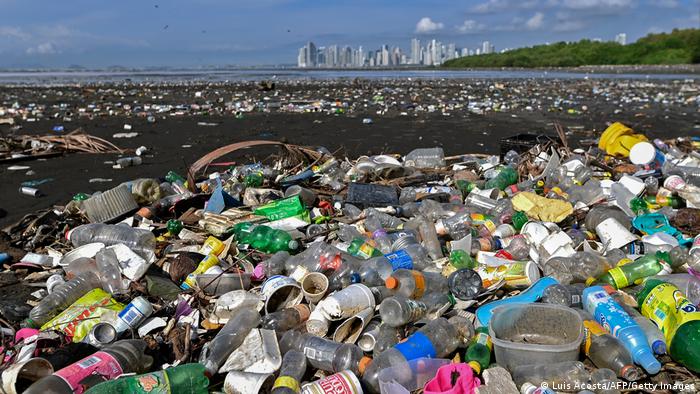
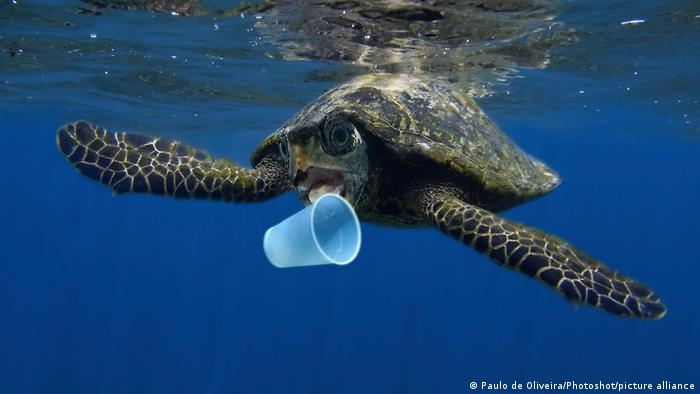
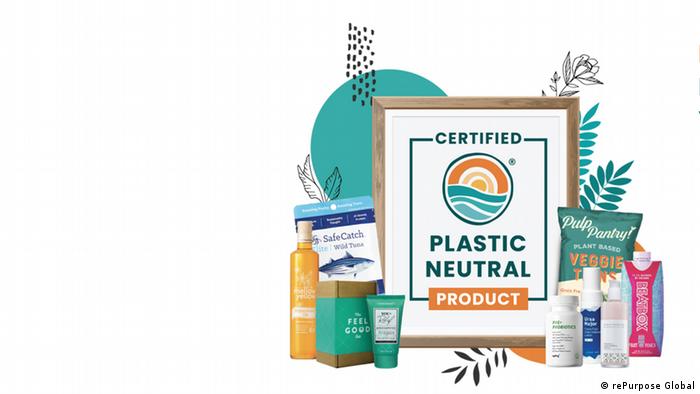
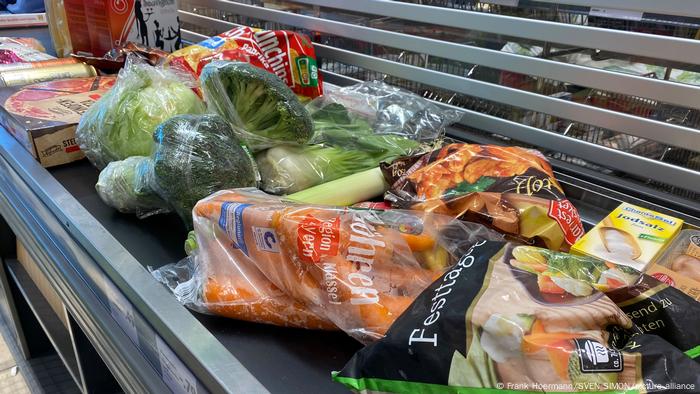
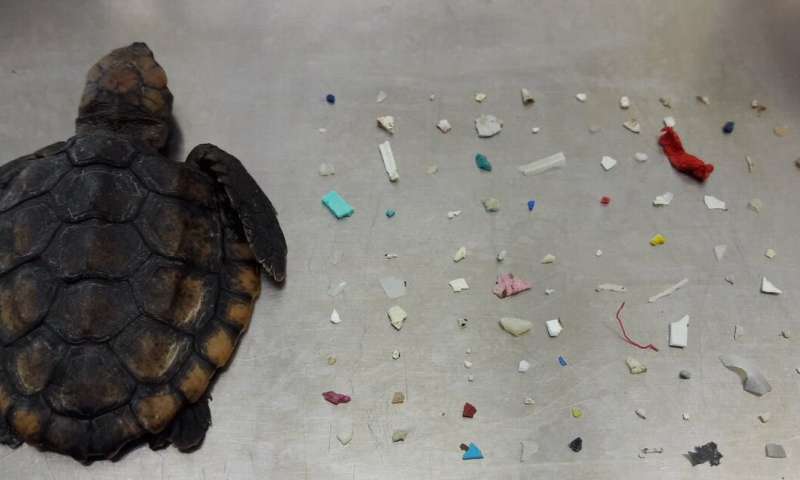
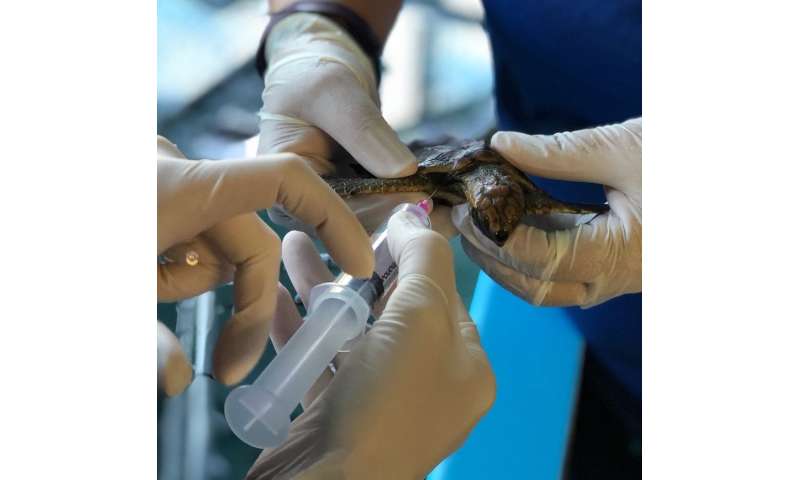
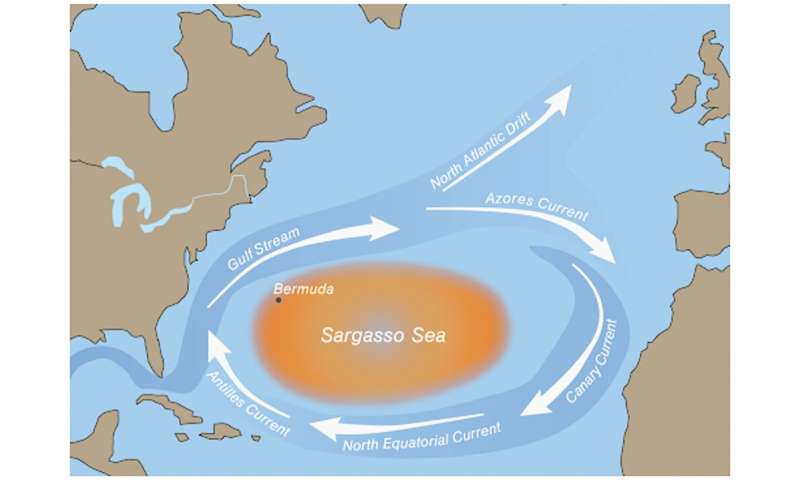
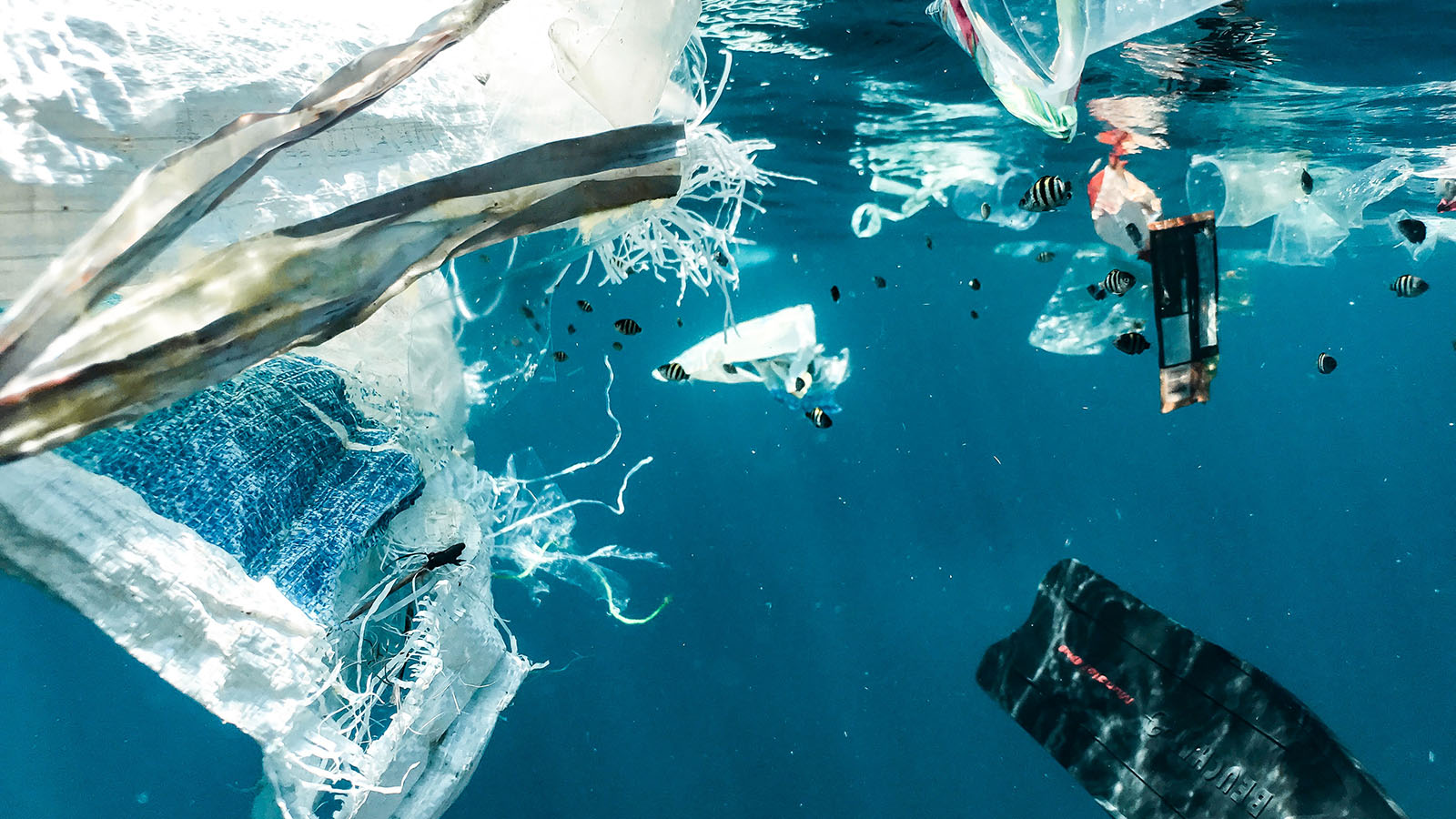
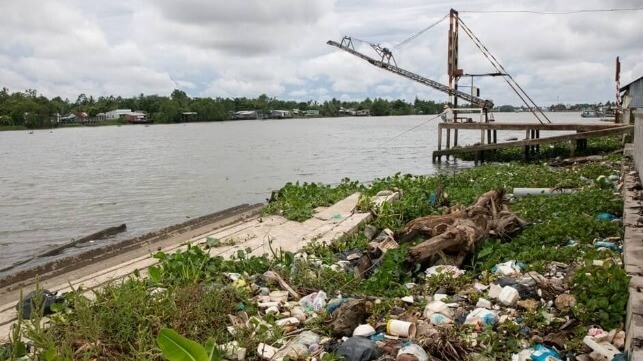
 A plastic bag full of waste floats down the Ruak River, a tributary of the Mekong on the border of Myanmar and Thailand. Nearby, a rescued elephant plays in the water. The United Nations Environment Programme warns plastic pollution could triple by 2040, threatening the biodiversity of this rich ecosystem (Image: Anton L. Delgado / Dialogue Earth)
A plastic bag full of waste floats down the Ruak River, a tributary of the Mekong on the border of Myanmar and Thailand. Nearby, a rescued elephant plays in the water. The United Nations Environment Programme warns plastic pollution could triple by 2040, threatening the biodiversity of this rich ecosystem (Image: Anton L. Delgado / Dialogue Earth) Local fisher Boonrat Chaikeaw catches a net full of trash as he plies the Mekong’s waters by Chiang Khong on the border of Thailand and Laos (Image: Anton L. Delgado / Dialogue Earth)
Local fisher Boonrat Chaikeaw catches a net full of trash as he plies the Mekong’s waters by Chiang Khong on the border of Thailand and Laos (Image: Anton L. Delgado / Dialogue Earth)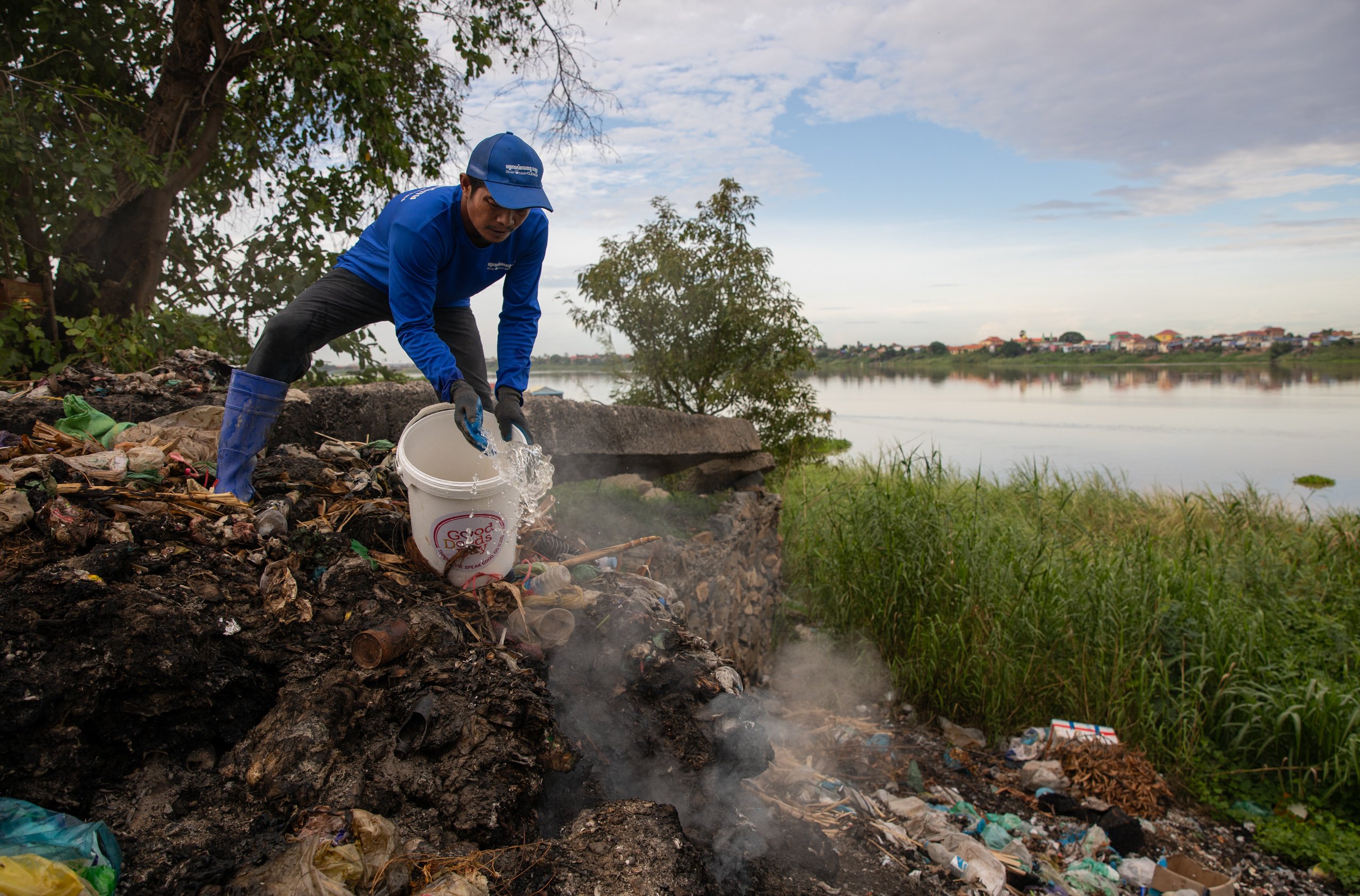 A volunteer douses a burning pile of rubbish at an unofficial dump site next to the Tonle Sap River in Cambodia. The lack of proper waste management exacerbates the problem of plastic pollution in most Mekong countries (Image: Anton L. Delgado / Dialogue Earth)
A volunteer douses a burning pile of rubbish at an unofficial dump site next to the Tonle Sap River in Cambodia. The lack of proper waste management exacerbates the problem of plastic pollution in most Mekong countries (Image: Anton L. Delgado / Dialogue Earth) The confluence of the Ruak and Mekong rivers marks the point where Myanmar, Laos and Thailand meet, an area known as the Golden Triangle. Over 4,300 km in length, the Mekong passes through or marks the borders of six countries (Image: Anton L. Delgado / Dialogue Earth)
The confluence of the Ruak and Mekong rivers marks the point where Myanmar, Laos and Thailand meet, an area known as the Golden Triangle. Over 4,300 km in length, the Mekong passes through or marks the borders of six countries (Image: Anton L. Delgado / Dialogue Earth)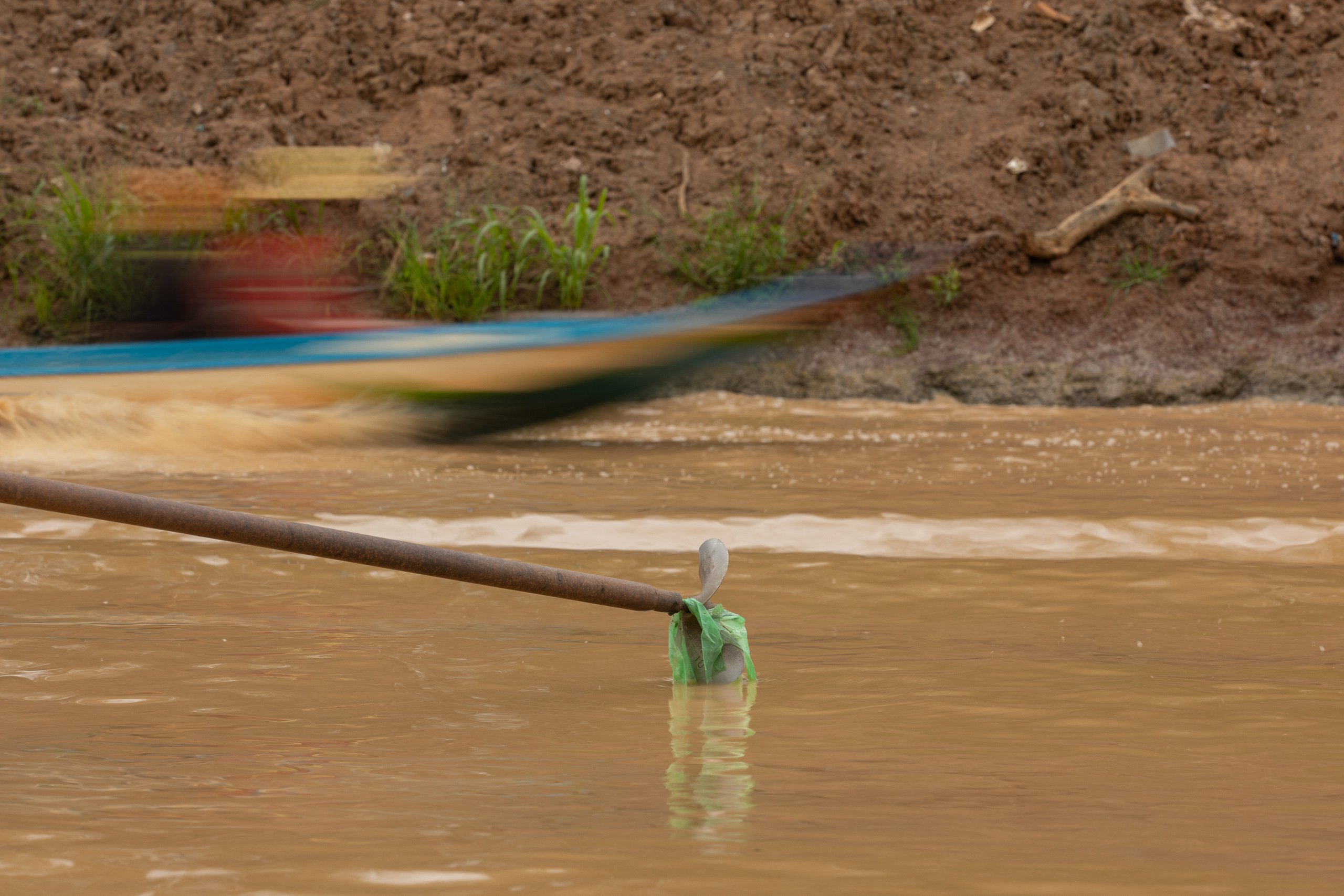 The propeller of a fishing boat on Tonle Sap Lake, jammed by a plastic bag. Fishers on the lake, and elsewhere along the Mekong, face a daily struggle with plastic waste, which breaks their motors and clogs up their nets (Image: Anton L. Delgado / Dialogue Earth)
The propeller of a fishing boat on Tonle Sap Lake, jammed by a plastic bag. Fishers on the lake, and elsewhere along the Mekong, face a daily struggle with plastic waste, which breaks their motors and clogs up their nets (Image: Anton L. Delgado / Dialogue Earth)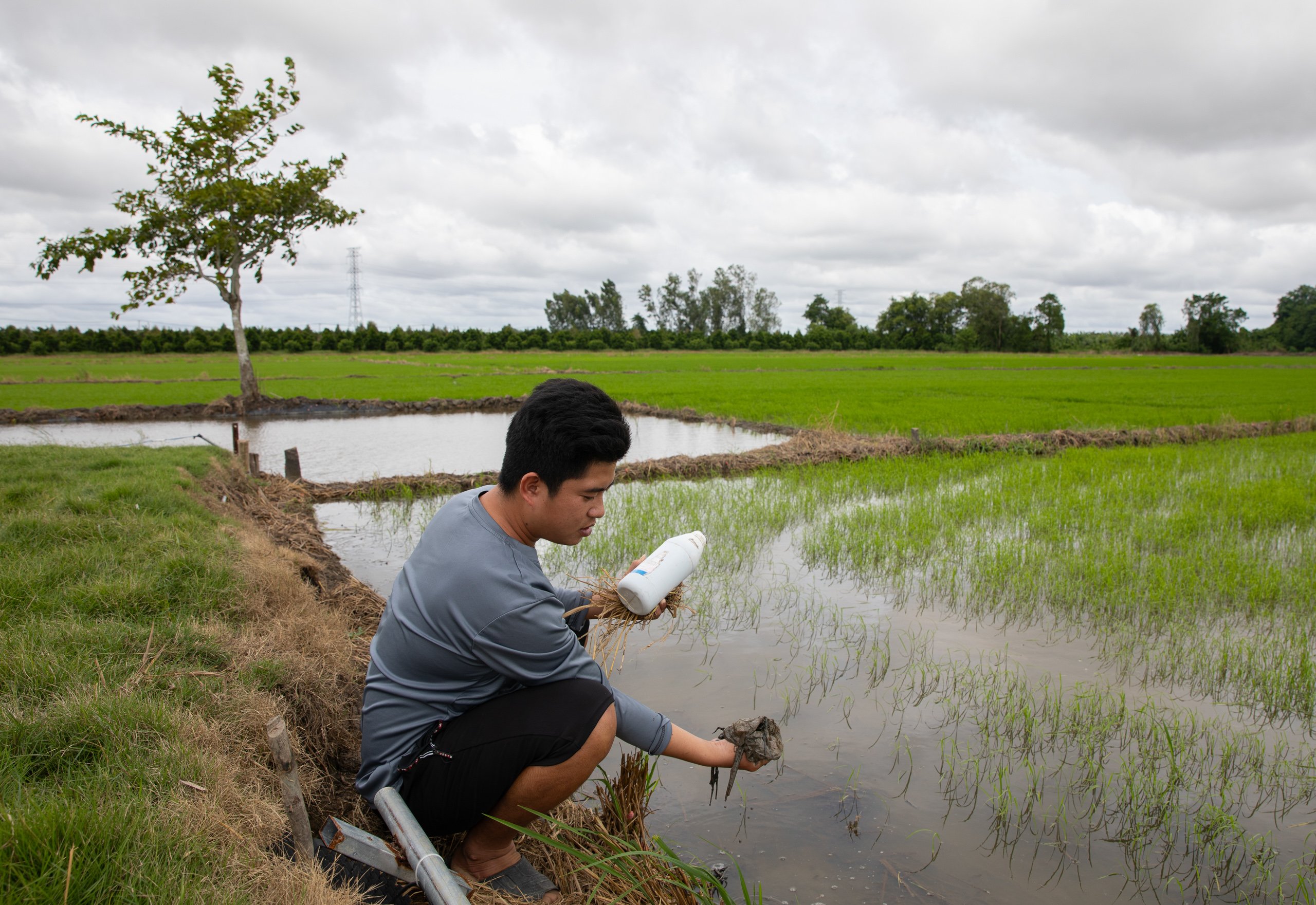 Rice farmer Trung Tin picks up plastic waste from his paddy field in Vietnam’s Mekong Delta. Lacking waste disposal infrastructure, he says farmers often have no choice but to leave used fertiliser and pesticide bottles – like the one he is carrying – in their fields (Image: Anton L. Delgado / Dialogue Earth)
Rice farmer Trung Tin picks up plastic waste from his paddy field in Vietnam’s Mekong Delta. Lacking waste disposal infrastructure, he says farmers often have no choice but to leave used fertiliser and pesticide bottles – like the one he is carrying – in their fields (Image: Anton L. Delgado / Dialogue Earth)